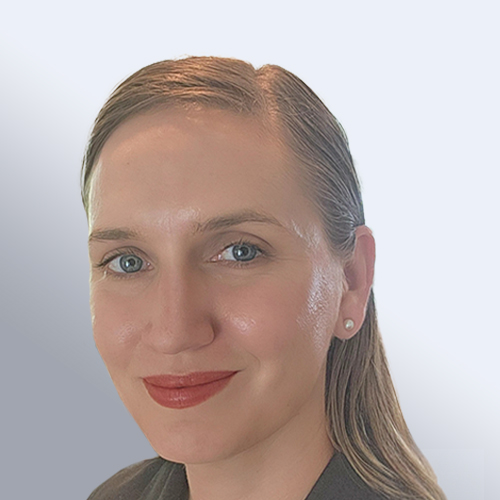
Analytics has been a bright spot in the services world, particularly for the Indian service providers as their analytics practices have grown faster than the rest of their organizations. They often are able to command premium pricing in this space, and it holds the tantalizing promise of transforming other service lines such as ITO, apps dev, and BPO. However, I’m making a bold prediction: The analytics practices are going to quickly hit maturity and the rate of growth will quickly slow.
We at Everest Group observe three maturity characteristics now happening in this space, so the “recipe ingredients” are in place for this market to start maturing.
- Gold rush stage. As companies come to understand and believe in the power of analytics, they are eager to do proofs of concept, which they then scale into a Center of Excellence (CoE). For the most part, the leading providers that offer analytics services establish a CoE or complement an existing CoE with data scientists. But data scientists are scarce, so they often use partners to augment their CoE. But the analytics gold rush is starting to ebb. Many providers have already seen the light and are already on the journey to establish or scale up a CoE. Therefore, the market will mature.
- Analytics becomes core. At Everest Group, we see a trend in which the benefits of analytics are so strong that analytics customers over time tend to want to build their own CoE and use their own capabilities, leveraging third parties only as an overflow or extension of what they are doing.With the return on investment in analytics being so high and customers viewing analytics as core or necessary to their business and competitive advantage, they view the expense of building an internal analytics CoE as a justifiable cost and wise decision. Therefore, service providers’ labor arbitrage offerings are less compelling.
- Benefit doesn’t pull through to a process. For the service providers that have built a capability around analytics, it should lead to complementing other BPO or IT practices; but we have not seen this as a common occurrence. We believe the reason is that the customers’ stakeholders block providers’ access and seal them off translating the analytics work to a broader business process or IT application. The providers’ hope of pulling through work has not manifested consistently in a large degree.
As we analyze this issue, we believe there are three areas where analytics providers can build distinctiveness:
- Provide access to proprietary data
- Build proprietary tools
- Provide capability
As already explained, we expect the market for providers whose practices are built on capability will slow rapidly. But we see substantial opportunity where a provider combines proprietary data and proprietary tools with capability that focuses on a specific business problem.
An example of a scaled analytics program that has achieved billions of dollars in this way is OptumRx. This solution includes a proprietary data source, proprietary tools and capability focused on a business problem that serves the healthcare industry at scale. And it generates billions – not millions – in revenue.
We believe that providers that transition to a model of creating proprietary data and customized tools combined with capability to solve a business problem will enjoy ongoing and potentially explosive growth.
But those that stay focused on providing capability and data scientists are doomed as they face a quickly maturing marketplace. It’s not that this space will go away; it’s just that it won’t grow fast and pricing pressure will start to take hold.
Although we believe the analytics market maturity will happen in the next two years, we think a lot of room and potential remains for providers that combine the three analytics components (data, tools and capability focused on a specific business problem).










